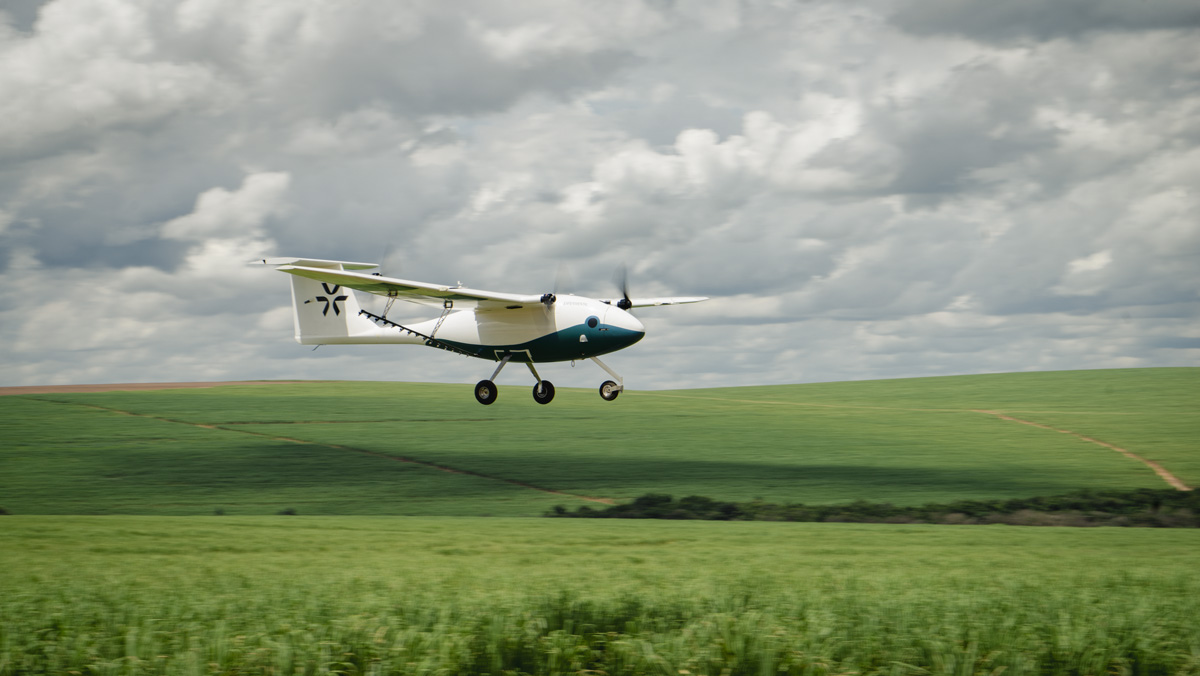
Flying is one of the safest things you can do, right? Well not when it comes to agriculture and aerial crop-spraying.
In 2020, there were 54 accidents, including one midair collision, and 12 fatal accidents with 13 deaths across the US.
Whilst commercial aviation has improved its accident rate by 80% in the past decade, this is not the case for agriculture. The low altitude flying required for crop spraying caused an average of five accidents per month in the US alone. Fatalities due to stalls, pressure from farmers, fatigue and power line collisions are not uncommon.
Logic would dictate that taking the pilot out of the aircraft is the safest way forward. There are a number of companies working on this solution, including Pyka and Moya Aero. Both are developing highly automated uncrewed aircraft for the agricultural industry, focused primarily on crop spraying and inputs transport.
“In the US midwestern region where there is a lot of crop spraying, there is about one fatality per month in conventional agricultural aerial applications,” Volker Fabian, chief commercial officer at Pyka told us. “Simply by the fact that the mission itself is very dangerous, you’re flying very low and you have to contend with obstacles in the area. Power lines are a particular danger.
“Making the application safer, cleaner and more cost effective than conventional aircraft is what we are ai
In 2020, there were 54 accidents, including one midair collision, and 12 fatal accidents with 13 deaths across the US.
Whilst commercial aviation has improved its accident rate by 80% in the past decade, this is not the case for agriculture. The low altitude flying required for crop spraying caused an average of five accidents per month in the US alone. Fatalities due to stalls, pressure from farmers, fatigue and power line collisions are not uncommon.
Logic would dictate that taking the pilot out of the aircraft is the safest way forward. There are a number of companies working on this solution, including Pyka and Moya Aero. Both are developing highly automated uncrewed aircraft for the agricultural industry, focused primarily on crop spraying and inputs transport.
“In the US midwestern region where there is a lot of crop spraying, there is about one fatality per month in conventional agricultural aerial applications,” Volker Fabian, chief commercial officer at Pyka told us. “Simply by the fact that the mission itself is very dangerous, you’re flying very low and you have to contend with obstacles in the area. Power lines are a particular danger.
“Making the application safer, cleaner and more cost effective than conventional aircraft is what we are ai










